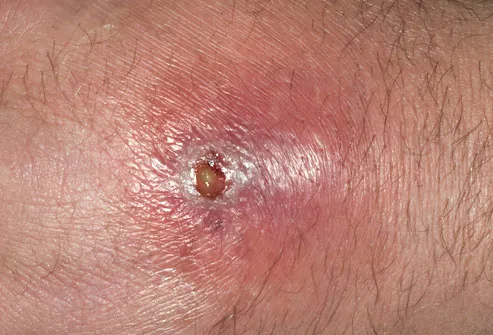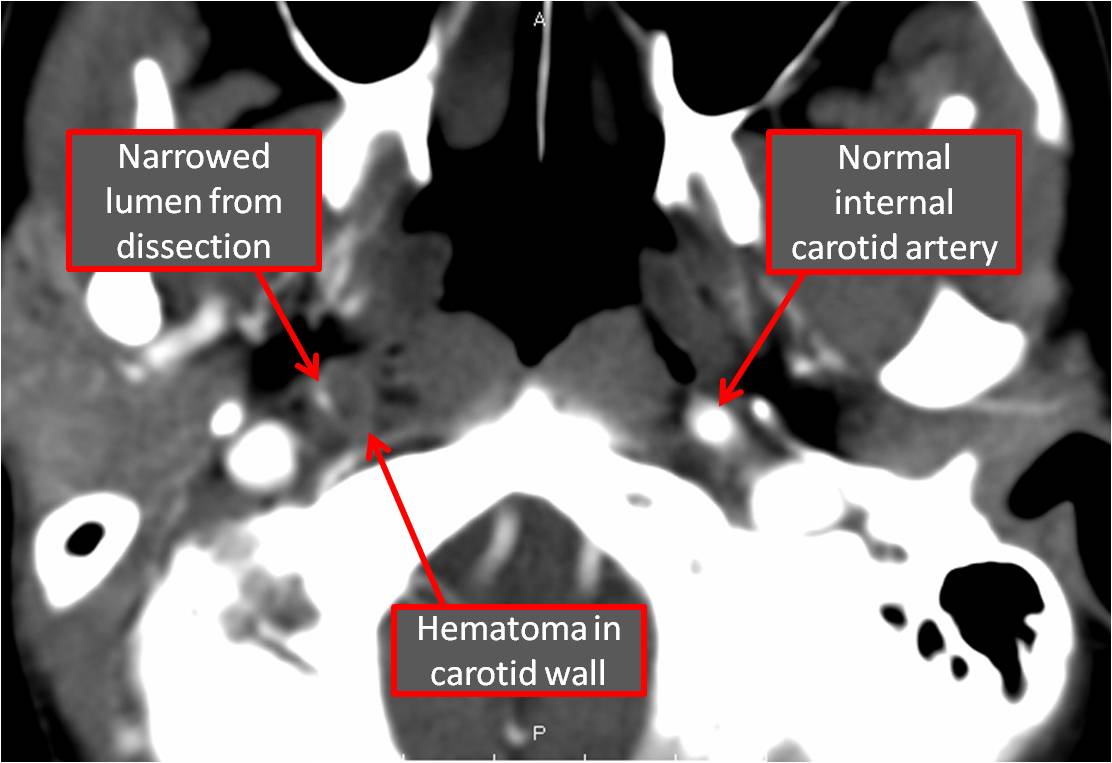STUDY #1:
Schmitz et al. Randomized Controlled Trial of
Trimethoprim-Sulfamethoxazole for Uncomplicated Skin Abscesses in Patients at
Risk for Community-Associated Methicillin-Resistant Staphylococcus aureus
Infection. Annals of Emergency Medicine, Vol 56, Sept 2010
Bactrim vs. placebo after incision and drainage.
Multicenter, double-blind, RCT in 4 military ED's
outcome: treatment failure after 7 days or reduction of new lesion
formation in 30 days
results:
Tx failure 7 days New lesion
within 30 days
Placebo 26%
28%
TMP/SMX 17%
9%
Difference (95%CI) 9% (-2 to 21%) 19%
(4-34%)
As shown above, there was a significant difference of new lesions in
30 days. only 45% were available at 30 days. big confidence intervals.
STUDY #2
Duong et al. Randomized, Controlled Trial of Antibiotics
in the Management of Community-Acquired Skin Abscesses in the Pediatric Patient.
Annals of Emergency Medicine, Vol 55, May 2010
Bactrim vs. placebo after incision and drainage.
double-bind RCT in pediatric patients
outcome: treatment failure within 10 days (need for second incision,
IV antibiotics, continued erythema, warmth, fluctuance at 10 day follow up).
results:
Failure to improve 10 day new lesions 90 day new
lesions**
Placebo 5.3% 26.4% 28.8%
TMP/SMX 4.1% 12.9% 28.3%
Placebo 5.3% 26.4% 28.8%
TMP/SMX 4.1% 12.9% 28.3%
** Note that only around 60% were effectively followed up at 90
days.
Conclusion: no difference in failure rates with or without
antibiotics.
Of note, in treatment arm, only 46% of patients were compliant with
antibiotics, taking at least half of the pills.
Note that there are many other studies showing that antibiotic use
does NOT eradicate MRSA.
BOTTOM LINE:
Immunocompetent patients with MRSA abscesses can be treated with I
& D alone. Not enough data to support consistent antibiotic use.
Consider addition of antibiotics in diabetics, immunocompromised,
or systemically ill.
Submitted by S. Morris.













